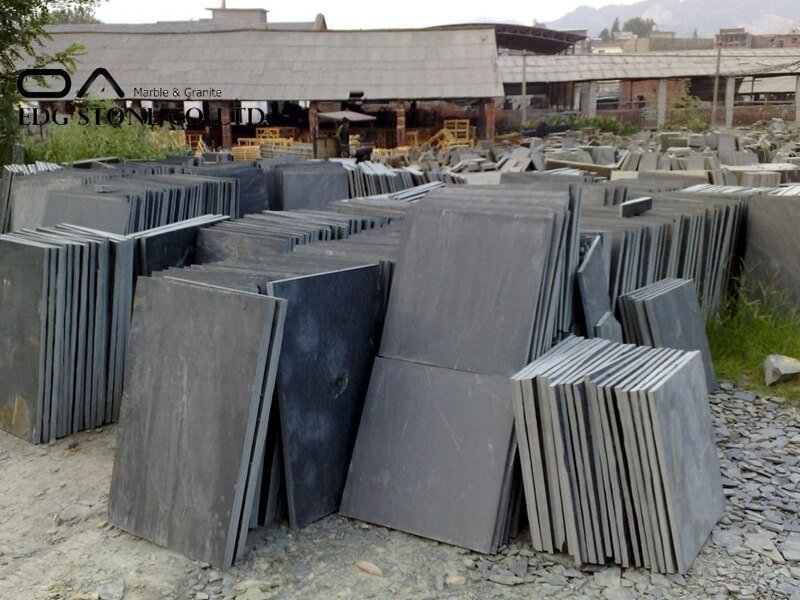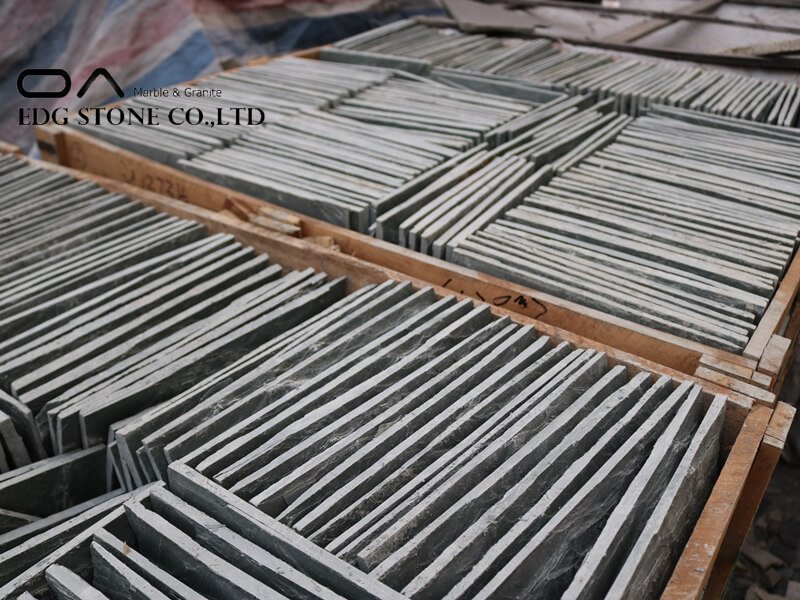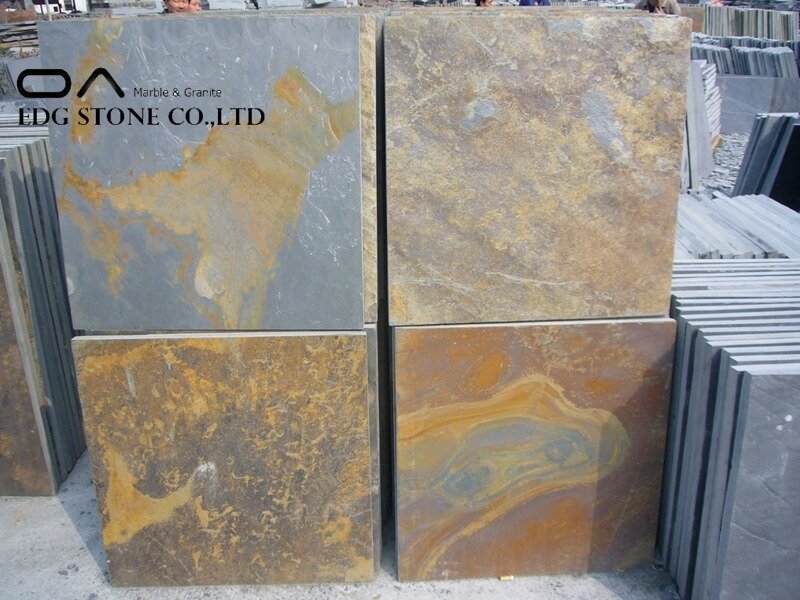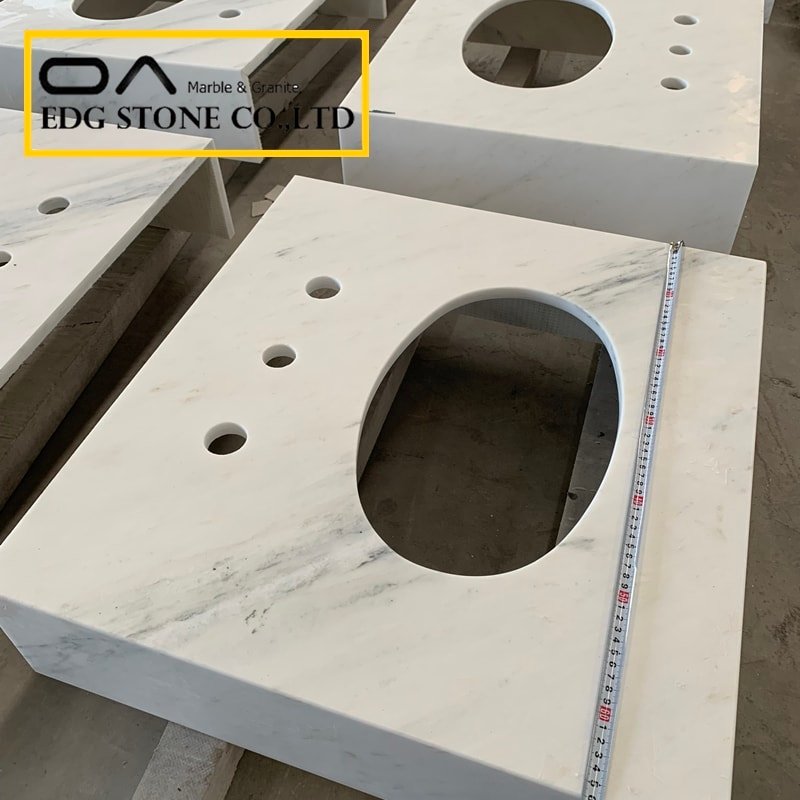Impersonating slate is a metamorphic rock with a thickness ranging from 4 to 14 mm. This rock is formed by ocean or river bed sediments under the pressure and heat of the crust.
Few kitchen floors install this kind of slate floor that has visual impact and makes people feel warm and elegant. The slate floor has good resistance to cold and heat. Its service life is long and durable. The slate is non-slip, resistant to cracking and abrasion.
Slate is formed by the cooling and condensation of magma beneath the surface. Magma is composed of countless minerals such as clay, silt, mica, and chlorite. These minerals are squeezed into parallel layers under the pressure of the earth’s crust.
Due to its decorative function, natural beauty, softness, and durability, slate has been used as a building material for a long time. The natural color, texture, and other inherent characteristics of slate make it match the various requirements of modern kitchens.
Slate kitchen floors are as durable as tile or stone floors. But like other materials, slate flooring is harder for feet. Slate will be stained unless it is sealed and it is smooth.
Natural slate kitchen floors come in various styles and textures thanks to the clay and silt particles contained in slate. The slate floor tones are black, green, brown, gold, and so on. No two slates are exactly the same, each slate is unique.
It also has various shapes, sizes, and patterns. The natural tonal variation of slate makes your kitchen floor unique. One of the advantages is that it is almost indestructible. If you want a durable floor material, then slate is a good choice. Another advantage is that the appearance of slate can definitely give you a visual impact. It gives a warm and elegant feeling.
Slate is usually packed in different colors and mixed sizes. Slate can also be customized in size according to specific uses. The price is similar to other types of bricks. The characteristics of slate are hard, dense, and fine texture, so it does not require too many care measures. Slate kitchen flooring can create a natural warm appearance for the kitchen.
The slate floor is glued to the floor. The glue is a cement-based material and contains quartz sand particles. The installation process includes substrate preparation, spacing, grouting, cleaning, and sealing. Rocks composed of microcrystals are easily stained, so they need to be sealed. The process of laying a slate kitchen floor is similar to laying ceramic tiles. Slate is a better flooring material than wood. Because it does not scale with the change of weather.







